Home>Gardening & Outdoor>Landscaping Ideas>When To Cut Grass After Overseeding
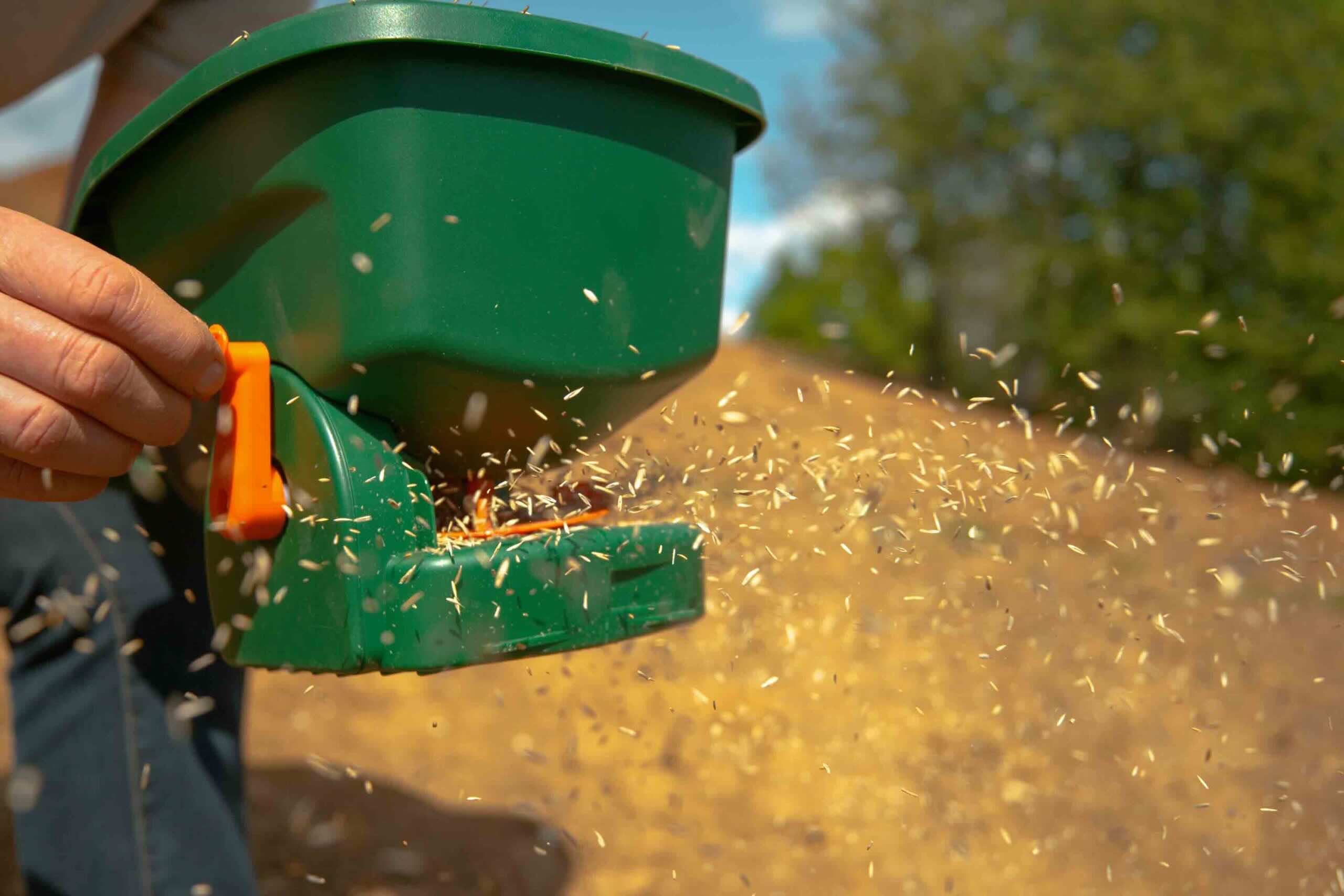

Landscaping Ideas
When To Cut Grass After Overseeding
Modified: February 18, 2024
Learn the best landscaping ideas for when to cut grass after overseeding to ensure a healthy and vibrant lawn. Discover expert tips and techniques for achieving lush, green results.
(Many of the links in this article redirect to a specific reviewed product. Your purchase of these products through affiliate links helps to generate commission for Storables.com, at no extra cost. Learn more)
Introduction
So, you've taken the leap and overseeded your lawn to rejuvenate its lushness and vibrancy. Congratulations on investing in the long-term health and beauty of your outdoor space! However, as you may be aware, overseeding comes with its own set of considerations, including the crucial question of when to cut the grass after overseeding. This decision is pivotal in ensuring that your newly sown seeds have the best chance to thrive and contribute to the overall health of your lawn.
In this comprehensive guide, we will delve into the intricacies of overseeding and explore the optimal timing for mowing your grass post-overseeding. By understanding the nuances of this process and considering various factors, you can foster a thriving, verdant lawn that will be the envy of the neighborhood. Let's embark on this enlightening journey to uncover the best practices for maintaining and nurturing your newly overseeded lawn.
Key Takeaways:
- Wait for the grass to reach 3-4 inches before mowing after overseeding to allow the seedlings to establish strong roots and leaf growth, ensuring successful lawn rejuvenation.
- Consider factors like grass species, soil moisture, and weather conditions when deciding when to mow after overseeding. Patience and precision are key for a healthy, vibrant lawn.
Read more: When To Mow New Grass After Overseeding
Understanding Overseeding
Overseeding is a fundamental practice in lawn care that involves spreading grass seed over an existing lawn. This process is particularly beneficial for revitalizing thin or patchy areas, addressing bare spots, and enhancing the overall density of the grass. By introducing new grass seed to your lawn, you can promote a more resilient and visually appealing turf, effectively crowding out weeds and creating a uniform, lush carpet of grass.
One of the primary objectives of overseeding is to introduce newer, more resilient grass varieties into an established lawn. Over time, lawns can succumb to wear and tear, environmental stress, and the natural aging of grass plants. Overseeding presents an opportunity to infuse your lawn with fresh, vigorous grass varieties that are better equipped to withstand the challenges posed by foot traffic, inclement weather, and other stressors.
Moreover, overseeding can help mitigate the impact of diseases, pests, and environmental factors that may have compromised the health and vigor of your lawn. By introducing diverse grass species, you can create a more robust and adaptable turf that is better equipped to resist common issues that plague monoculture lawns.
Additionally, overseeding is a proactive measure for maintaining a thick, resilient lawn that exhibits enhanced tolerance to drought, heat, and other adverse conditions. By bolstering the density of your grass, you can foster a more resilient and visually appealing lawn that is better equipped to withstand the rigors of various climates and environmental stressors.
Overall, understanding the purpose and benefits of overseeding is crucial in appreciating the significance of the post-overseeding maintenance, including the optimal timing for mowing your lawn. By recognizing the transformative potential of overseeding, you can approach the subsequent steps with a deeper understanding of how they contribute to the long-term health and beauty of your lawn.
Timing for Cutting Grass After Overseeding
After overseeding your lawn, it’s essential to adhere to a strategic timeline for mowing the grass to ensure the successful establishment of the newly sown seeds. The timing for cutting the grass after overseeding is a critical factor that can significantly impact the outcome of your lawn rejuvenation efforts. Let’s explore the optimal timing for mowing your grass post-overseeding to maximize the chances of seed germination and successful establishment.
Typically, it’s advisable to wait until the newly sown grass has reached a height of around 3 to 4 inches before mowing for the first time. This timeline allows the grass seedlings to establish strong root systems and develop sufficient leaf growth, ensuring that they are better equipped to withstand the stress of mowing. Mowing too soon after overseeding can disrupt the delicate seedlings and impede their growth, potentially compromising the overall success of the overseeding process.
Furthermore, it’s crucial to monitor the progress of the newly sown grass closely. Keep a keen eye on the growth rate and overall health of the seedlings to determine the appropriate timing for the first mowing. While the 3 to 4-inch height guideline serves as a general rule, individual variations in grass species, environmental conditions, and soil fertility can influence the rate of growth, necessitating flexibility in the mowing schedule.
Another vital consideration in determining the timing for cutting grass after overseeding is the maturity of the grass seedlings. Ideally, the newly germinated grass should exhibit robust, healthy growth with well-established root systems before subjecting it to the stress of mowing. This ensures that the seedlings are sufficiently anchored in the soil and can recover effectively from the mowing process, promoting continued growth and establishment.
It’s important to exercise patience and restraint in the initial stages after overseeding, allowing the grass seedlings ample time to establish themselves before introducing the mechanical stress of mowing. By adhering to a well-calibrated timeline and closely observing the progress of the newly sown grass, you can optimize the timing for cutting the grass after overseeding, setting the stage for a thriving, rejuvenated lawn that will be the pride of your outdoor landscape.
Wait until the new grass reaches a height of 3-4 inches before mowing. This usually takes 3-4 weeks after overseeding. Mow at a higher setting to avoid damaging the new grass.
Factors to Consider
When determining the optimal timing for cutting grass after overseeding, several key factors should be taken into account to ensure the successful establishment of the newly sown grass seeds. By considering these influential elements, you can make informed decisions that support the health and vitality of your lawn, setting the stage for a verdant and resilient outdoor space. Let’s explore the essential factors that warrant careful consideration in the post-overseeding mowing process.
- Grass Species and Growth Rate: Different grass species exhibit varying growth rates, with some establishing more rapidly than others. Understanding the growth characteristics of the grass species in your lawn can guide your mowing schedule, ensuring that you mow at the appropriate stage of growth for each type of grass.
- Soil Moisture and Drainage: Adequate soil moisture is crucial for supporting the germination and early growth of grass seedlings. Before mowing the newly overseeded lawn, assess the soil moisture levels and ensure proper drainage to prevent compaction and damage to the delicate seedlings.
- Weather Conditions: Environmental factors such as temperature, humidity, and precipitation can influence the growth and development of newly sown grass. Consider the prevailing weather conditions when scheduling the first mowing after overseeding, aiming for a period of optimal growth and minimal stress on the grass seedlings.
- Seed Germination and Establishment: Monitoring the progress of seed germination and the establishment of the grass seedlings is crucial in determining the readiness for mowing. Ensure that the majority of the seeds have germinated, and the seedlings have developed sufficient leaf growth and root systems before initiating the first mowing.
- Mower Blade Sharpness: Sharp mower blades are essential for achieving clean, precise cuts that minimize stress on the grass plants. Before mowing the newly overseeded lawn, ensure that your mower blades are sharp to prevent tearing or damaging the tender grass seedlings.
- Overall Lawn Health: Consider the general health and condition of your lawn when deciding on the timing for mowing after overseeding. If your lawn exhibits signs of stress or nutrient deficiencies, it may be prudent to delay mowing until the grass is in a more robust and resilient state.
By carefully evaluating these factors and incorporating them into your decision-making process, you can tailor your approach to cutting grass after overseeding to align with the specific needs of your lawn. This thoughtful consideration will contribute to the successful establishment of the newly sown grass, fostering a thriving and visually captivating lawn that enhances the beauty of your outdoor environment.
Best Practices for Cutting Grass After Overseeding
Adhering to best practices when cutting grass after overseeding is paramount in nurturing the successful establishment of the newly sown grass seeds and fostering a healthy, vibrant lawn. By implementing these guidelines, you can optimize the mowing process to minimize stress on the delicate seedlings and promote robust growth and development. Let’s explore the best practices for cutting grass after overseeding, equipping you with the knowledge and strategies to elevate the health and beauty of your lawn.
- Wait for Optimal Growth: Exercise patience and allow the newly sown grass to reach a height of 3 to 4 inches before mowing for the first time. This ensures that the seedlings have developed sufficient leaf growth and root systems, enhancing their resilience to the mowing process.
- Mow with Sharp Blades: Ensure that your mower blades are sharp to achieve clean, precise cuts that minimize stress on the grass plants. Dull blades can tear the grass, leading to ragged edges and increased susceptibility to disease and damage.
- Adjust Mower Height: Set your mower deck at a height that removes only the top portion of the grass, avoiding excessively short cuts that can impede the growth and vigor of the newly sown grass. Aim to remove no more than one-third of the grass blade length in a single mowing session.
- Collect Grass Clippings: Consider collecting grass clippings during the initial mowing after overseeding to prevent them from smothering the delicate seedlings. This practice also reduces the risk of thatch buildup and promotes a tidy, well-maintained appearance of the lawn.
- Mow During Ideal Conditions: Choose a time for mowing when the grass is dry to achieve optimal cutting results. Mowing wet grass can lead to clumping of clippings and uneven cuts, potentially disrupting the newly sown grass and impeding its growth.
- Follow a Regular Mowing Schedule: Establish a consistent mowing schedule after the initial mowing session, aiming to maintain the recommended grass height for the specific grass species in your lawn. Regular mowing promotes even growth and helps prevent stress on the grass plants.
- Monitor and Adjust: Continuously monitor the progress of the newly overseeded lawn and adjust your mowing practices based on the growth rate and overall health of the grass. Flexibility and attentiveness are key in ensuring that the mowing process supports the successful establishment of the newly sown grass.
By embracing these best practices and integrating them into your lawn care routine, you can approach the post-overseeding mowing process with confidence and precision. This mindful approach will contribute to the flourishing growth and long-term resilience of your lawn, culminating in a visually stunning and inviting outdoor space that reflects your dedication to exceptional lawn care.
Read more: When To Cut Grass After Winter
Conclusion
Embarking on the journey of overseeding your lawn signifies a commitment to nurturing a lush, resilient, and visually captivating outdoor space. By understanding the nuances of overseeding and the optimal timing for cutting grass after this rejuvenating process, you are empowered to guide the successful establishment of the newly sown grass seeds, setting the stage for a thriving and verdant lawn.
Throughout this enlightening exploration, we’ve delved into the fundamental principles of overseeding, recognizing its transformative potential in revitalizing and fortifying your lawn. By infusing your turf with fresh, resilient grass varieties, you pave the way for enhanced resilience, improved aesthetics, and long-term sustainability.
The timing for cutting grass after overseeding emerges as a pivotal consideration, demanding thoughtful observation, patience, and adherence to best practices. By waiting for optimal growth, mowing with precision, and considering influential factors, you can orchestrate a mowing schedule that supports the health and vigor of the newly sown grass, contributing to its successful establishment.
As you navigate the post-overseeding phase, remember to exercise attentiveness and flexibility, allowing the unique characteristics of your lawn to shape your approach. By monitoring the progress of the newly overseeded grass and adjusting your practices accordingly, you can foster a resilient, visually captivating lawn that stands as a testament to your dedication to exceptional lawn care.
Ultimately, the journey of overseeding and mowing your lawn post-overseeding is a labor of love, culminating in the creation of an outdoor oasis that beckons with its beauty and vitality. Embrace the process with enthusiasm and mindfulness, and revel in the transformation of your lawn into a lush, inviting haven that enriches your outdoor living experience.
Armed with the insights and best practices shared in this guide, you are poised to embark on this journey with confidence and expertise, nurturing a lawn that thrives and flourishes throughout the seasons, captivating all who behold its splendor.
Frequently Asked Questions about When To Cut Grass After Overseeding
Was this page helpful?
At Storables.com, we guarantee accurate and reliable information. Our content, validated by Expert Board Contributors, is crafted following stringent Editorial Policies. We're committed to providing you with well-researched, expert-backed insights for all your informational needs.
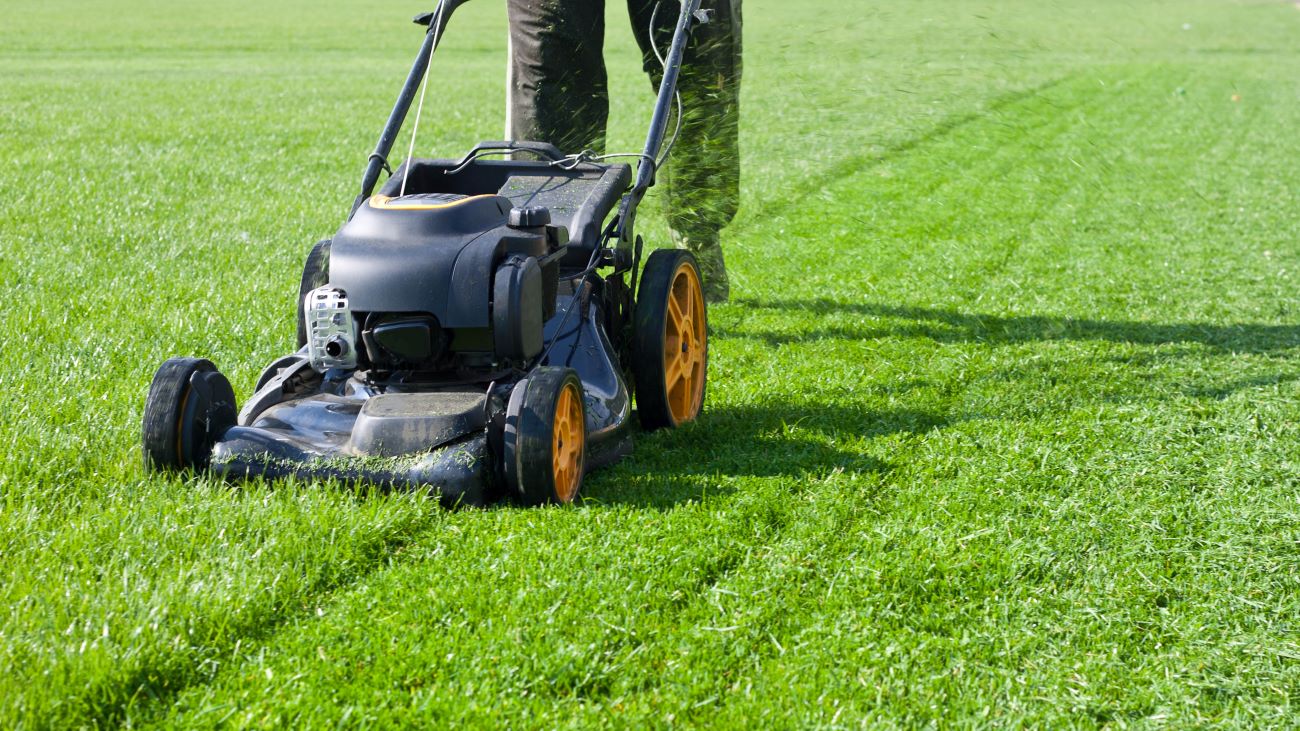
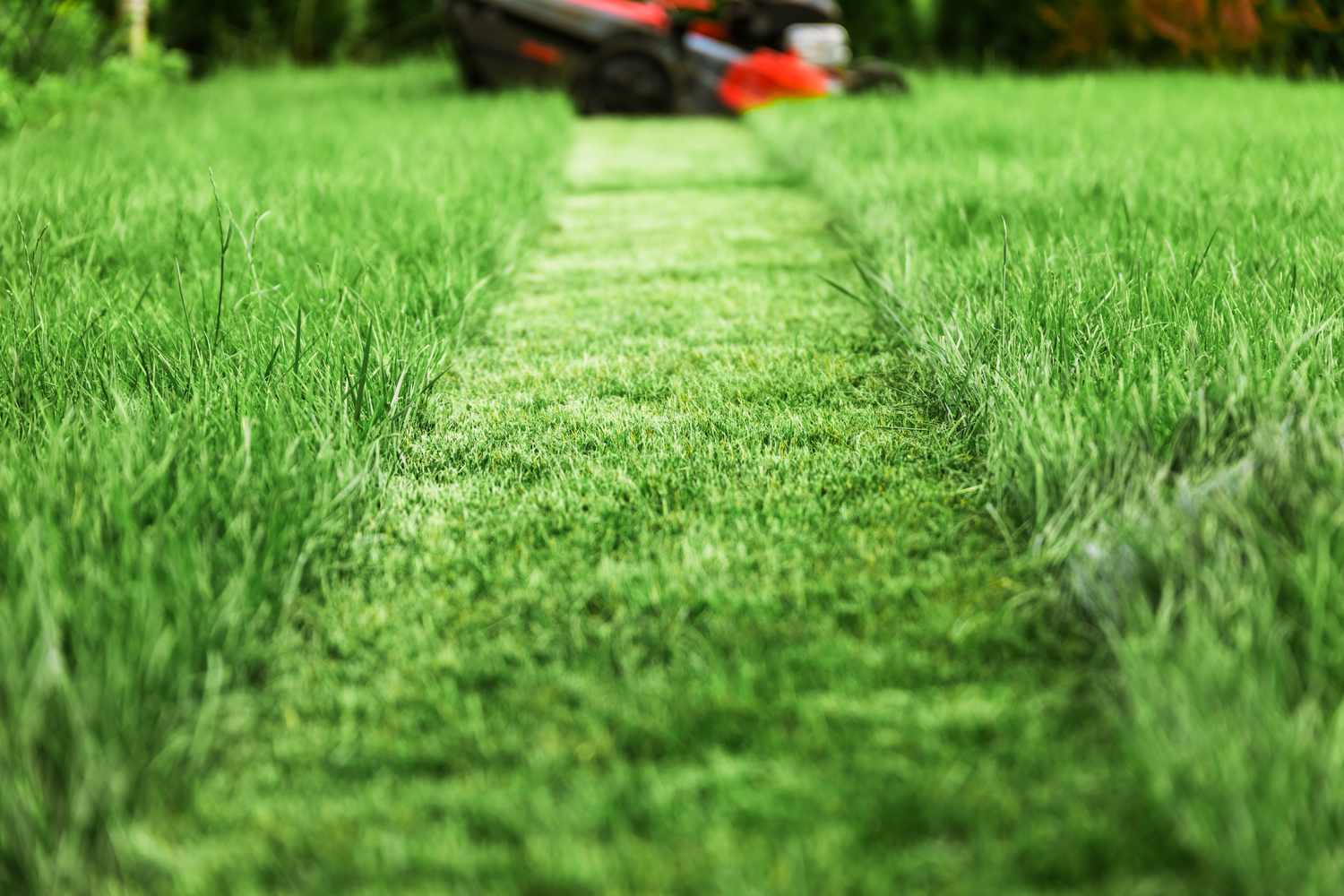
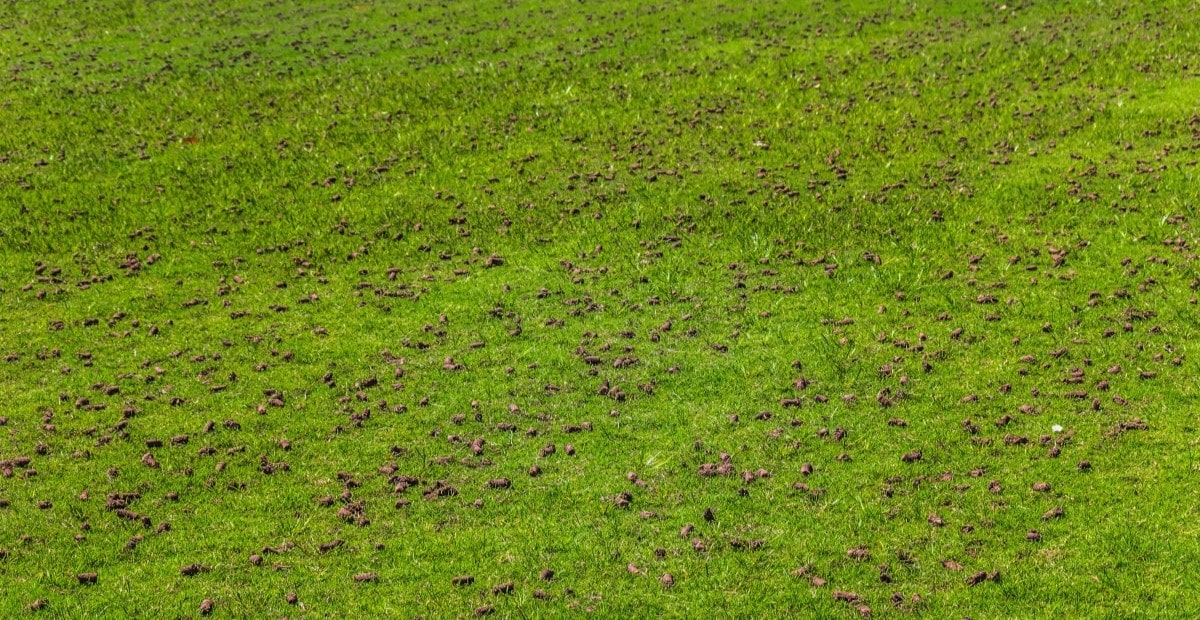
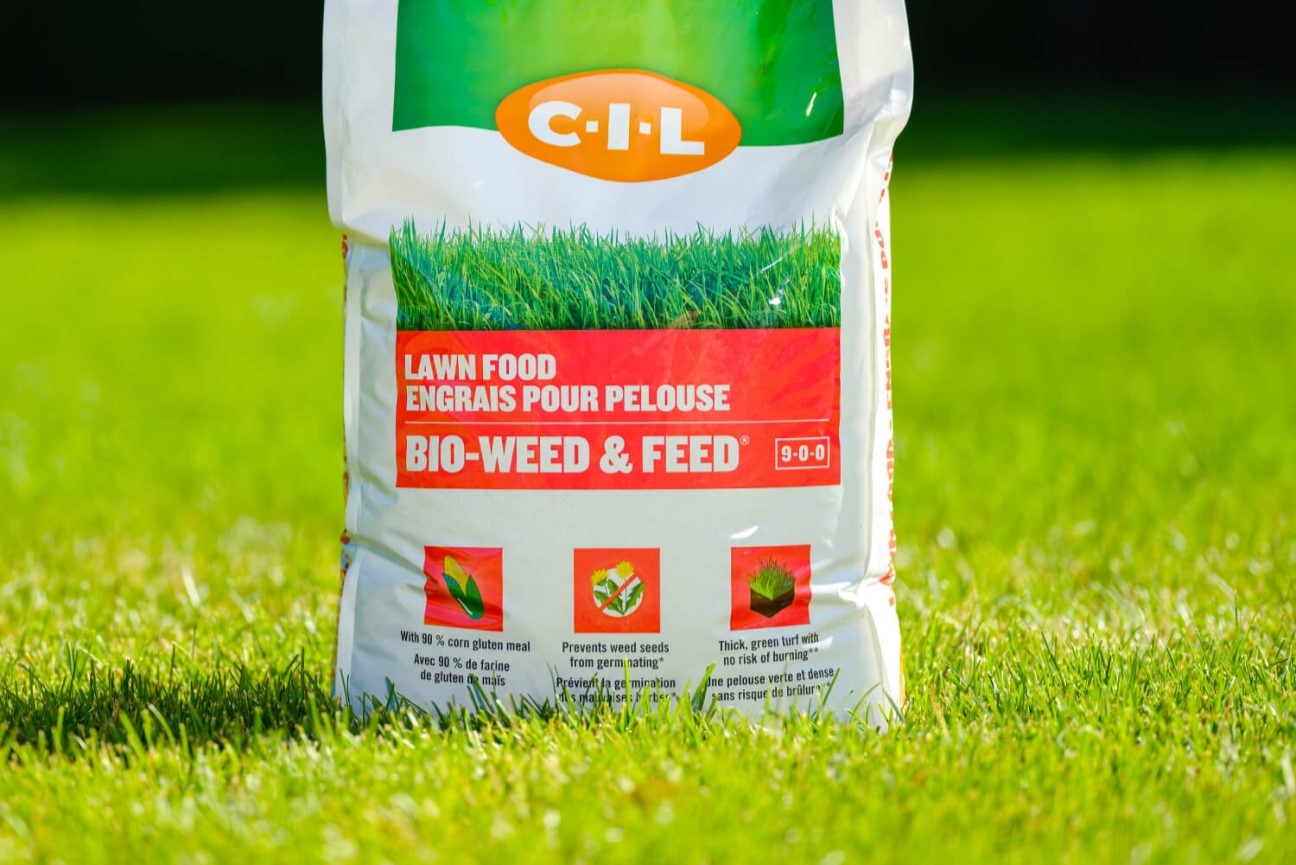
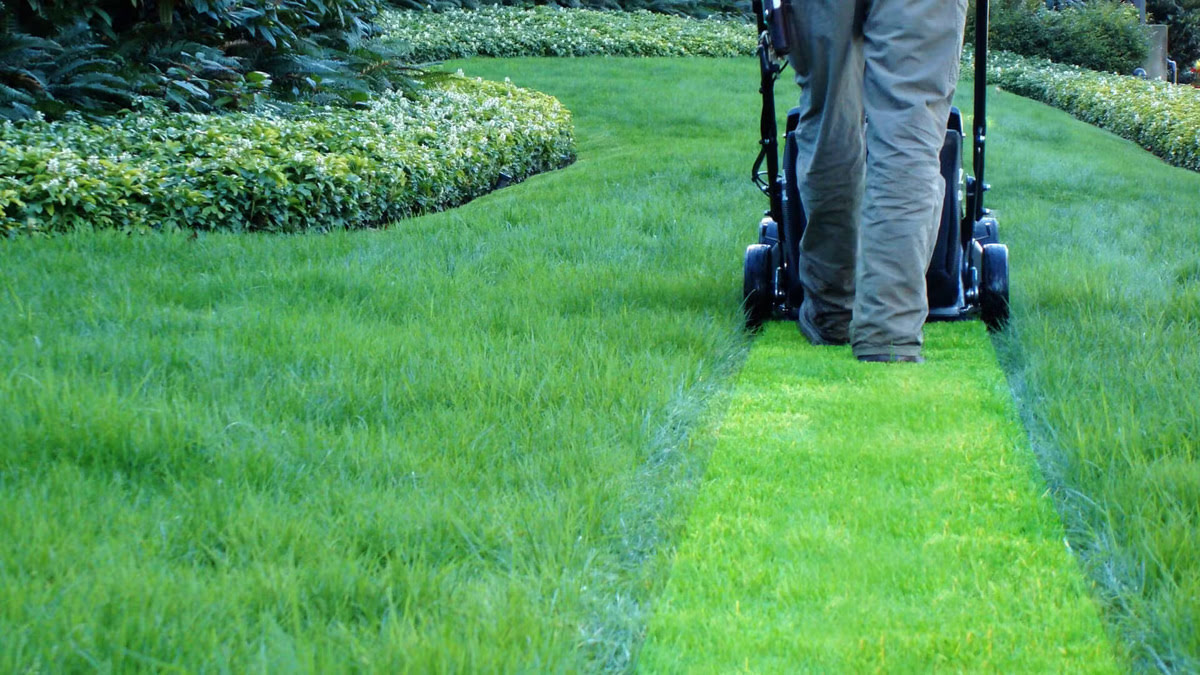
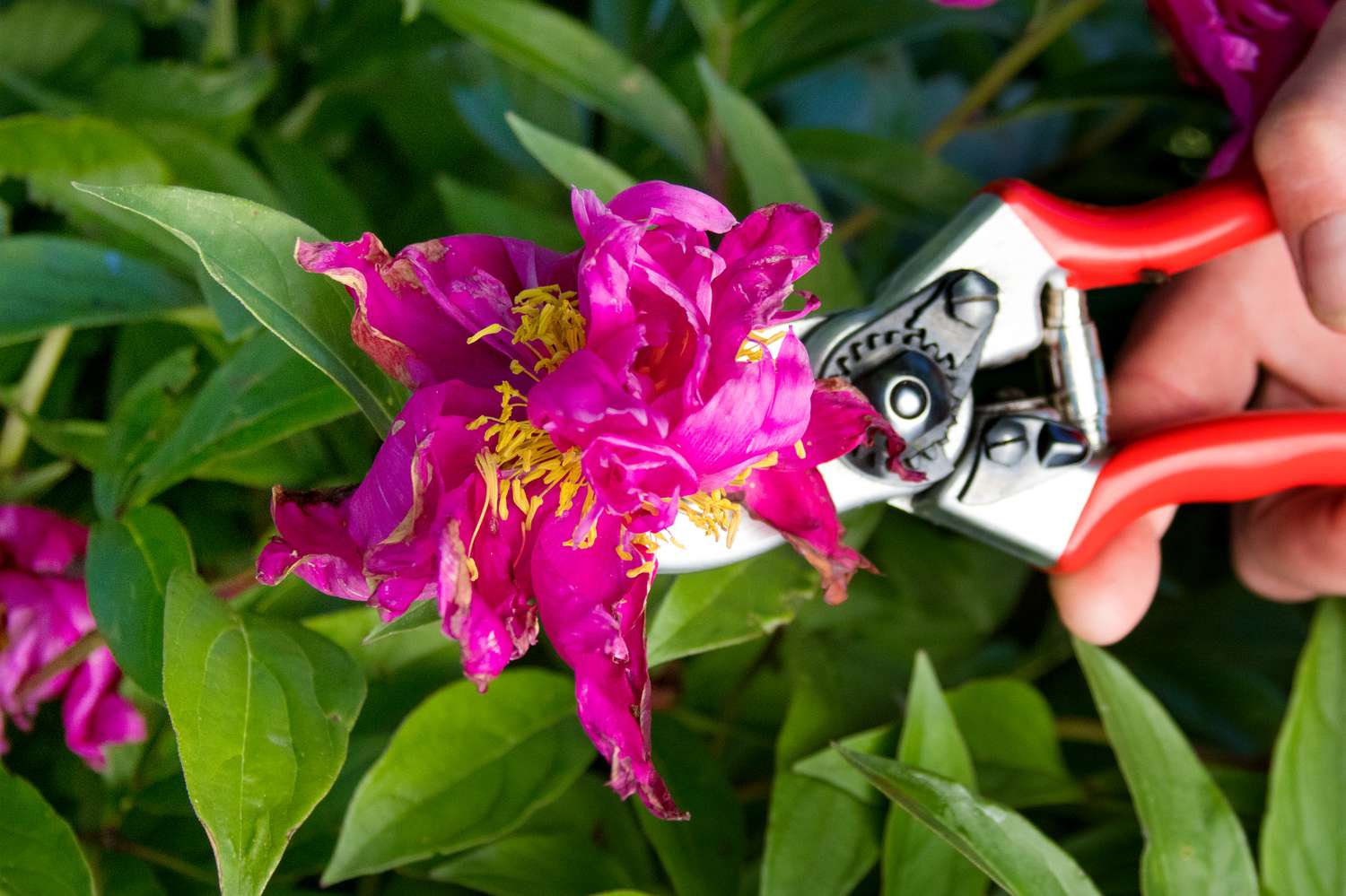
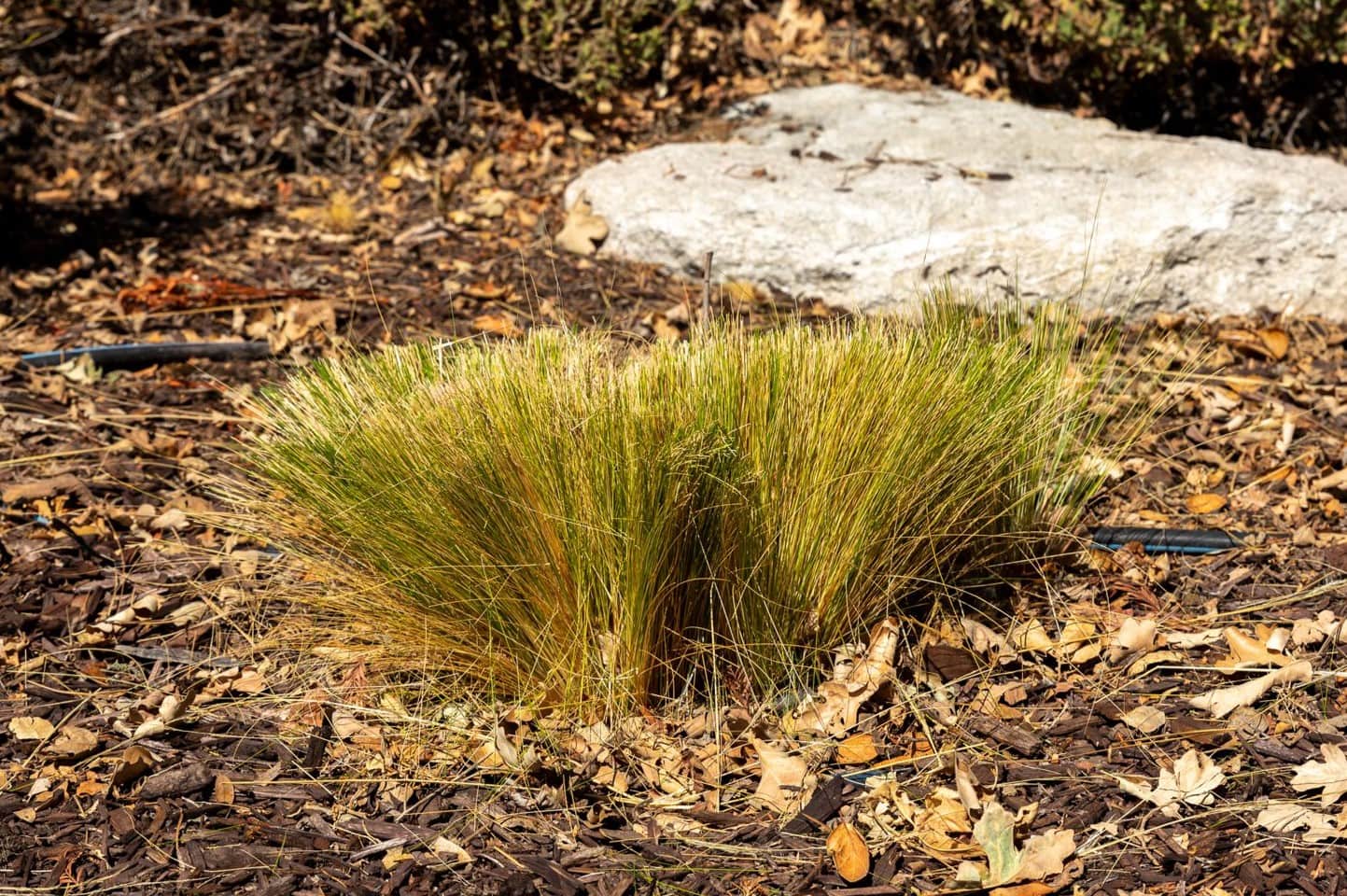
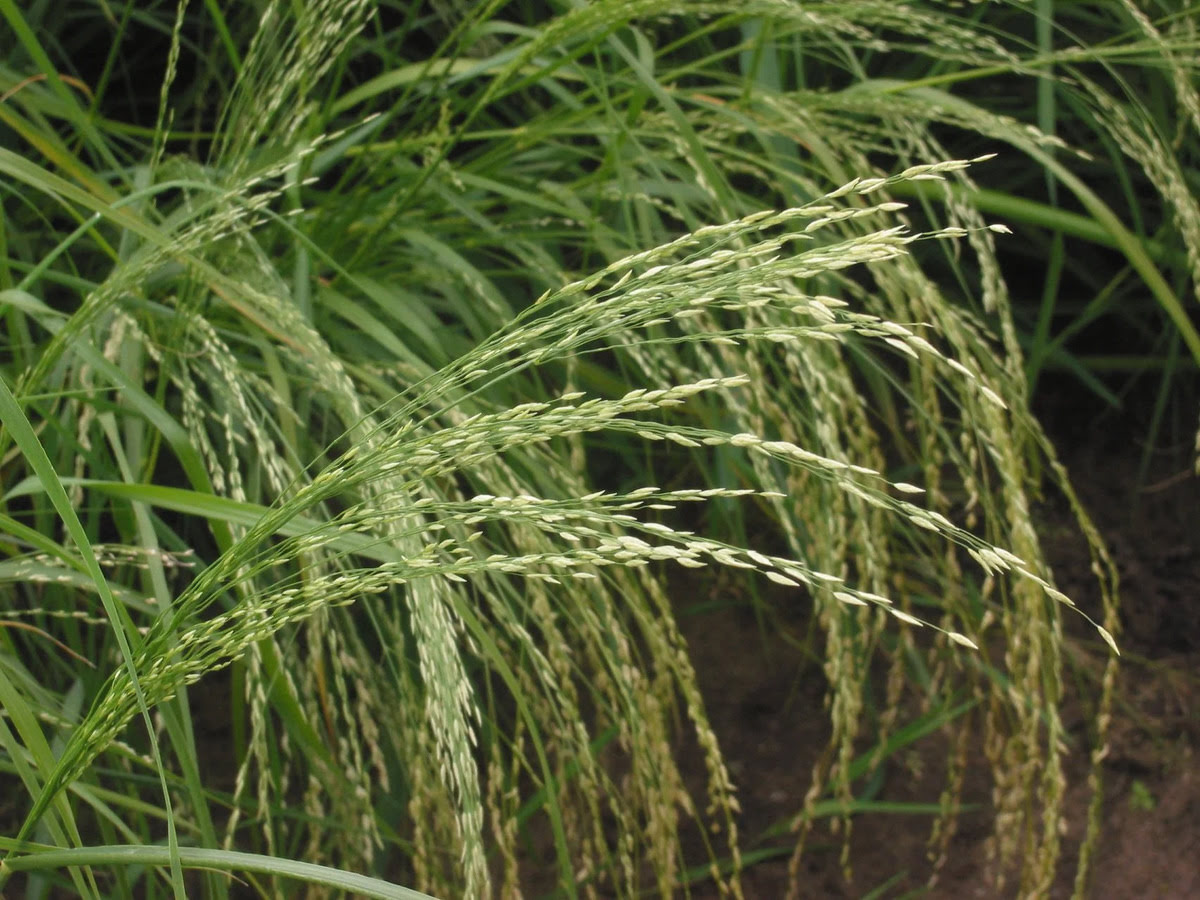
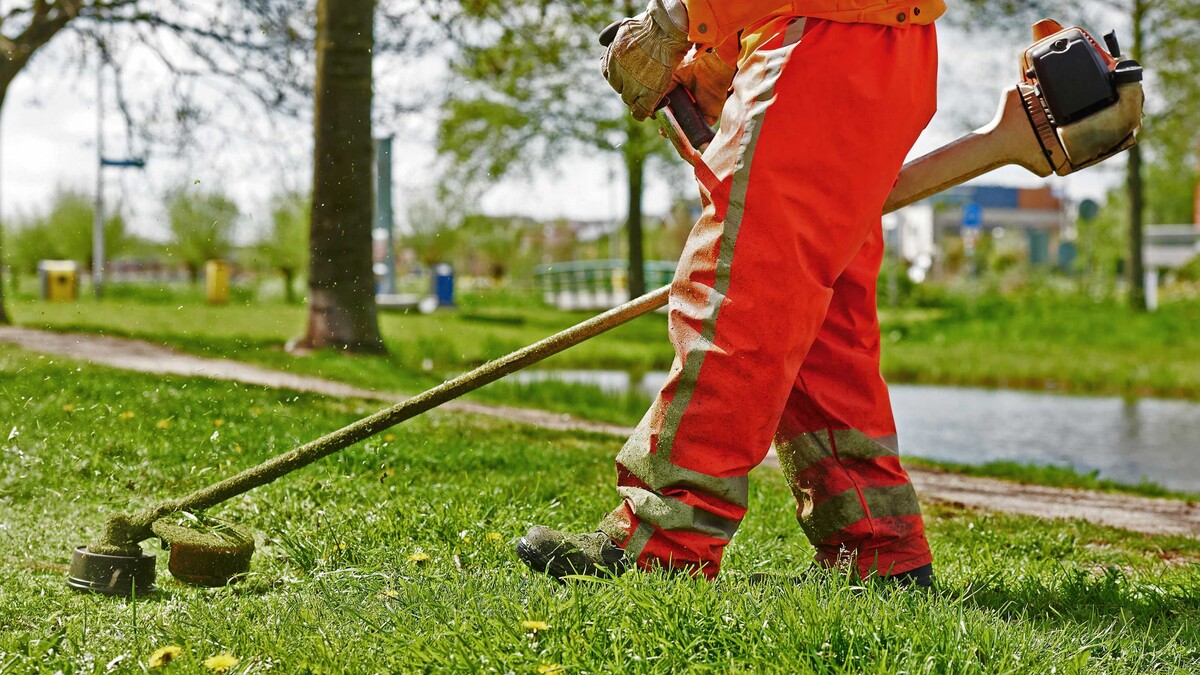
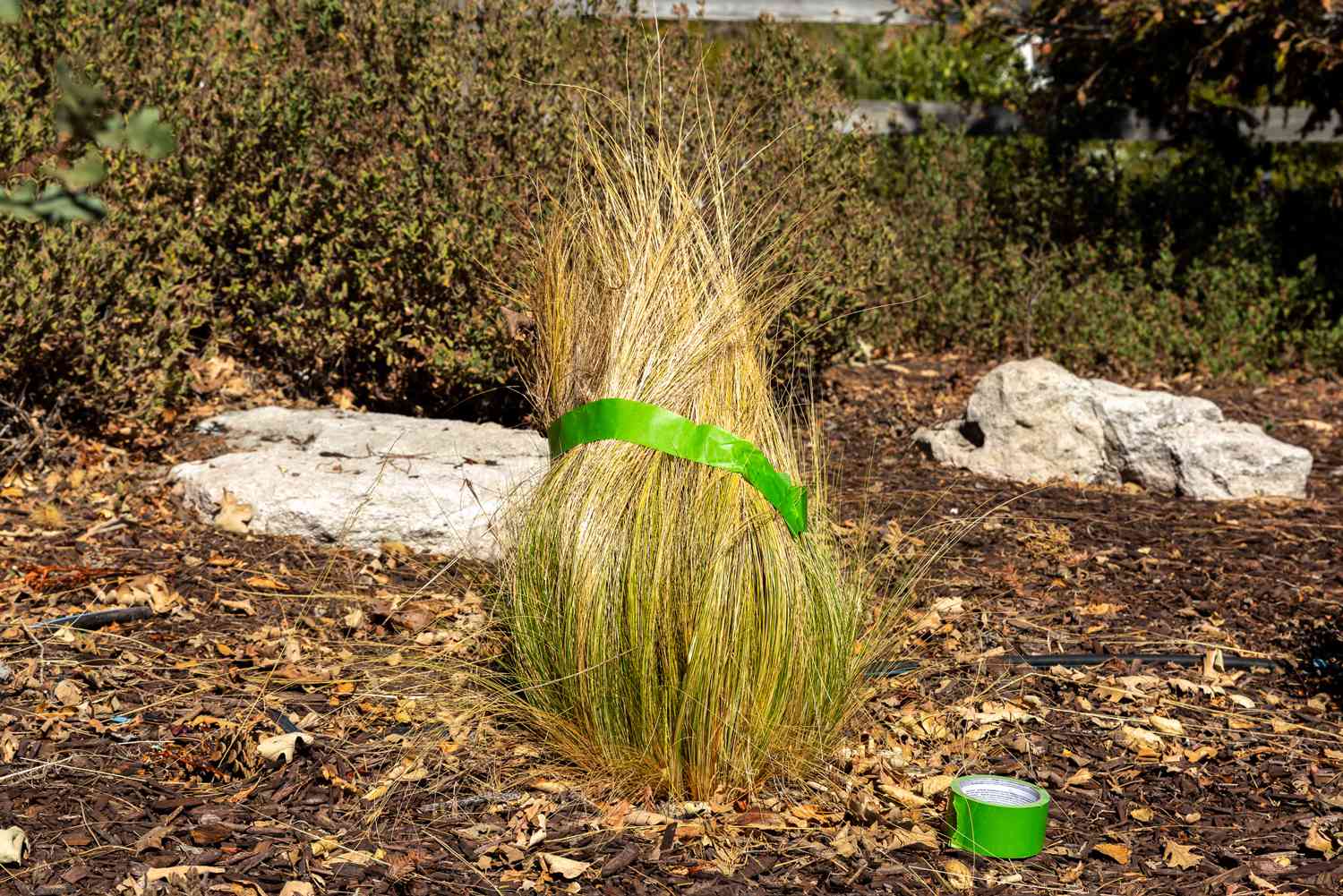
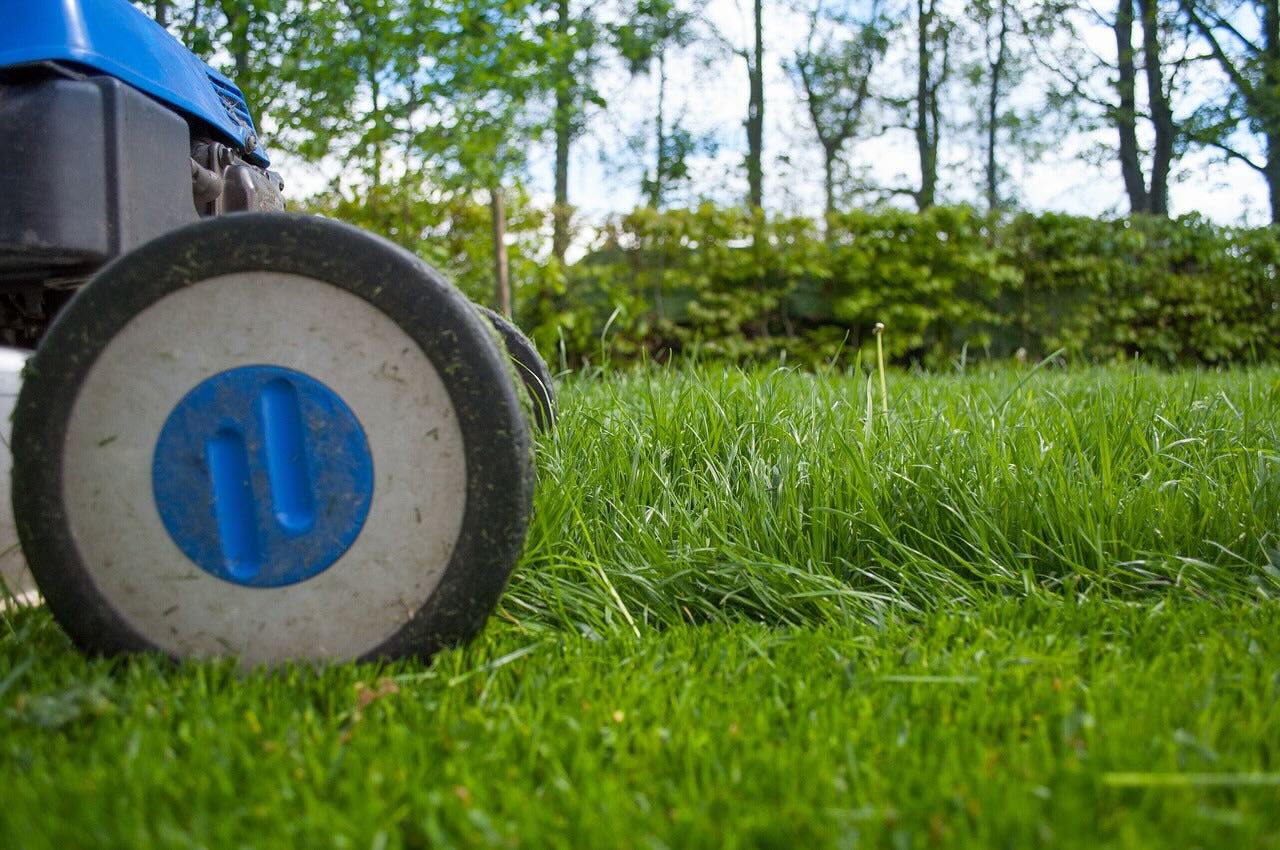
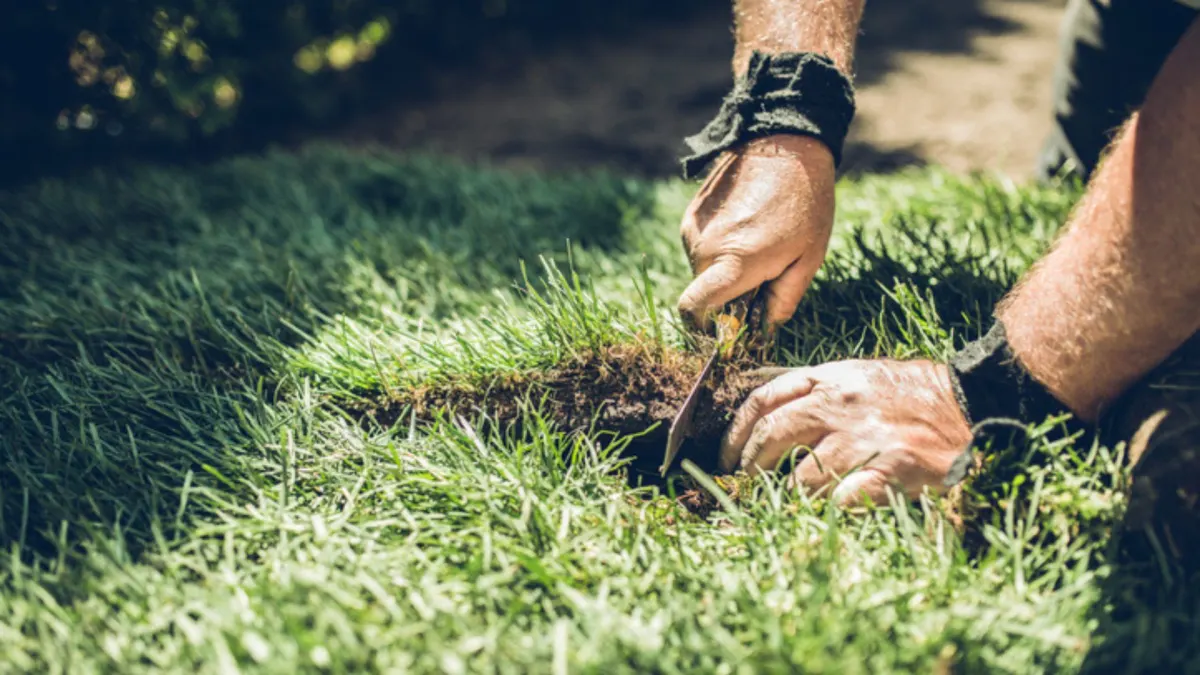
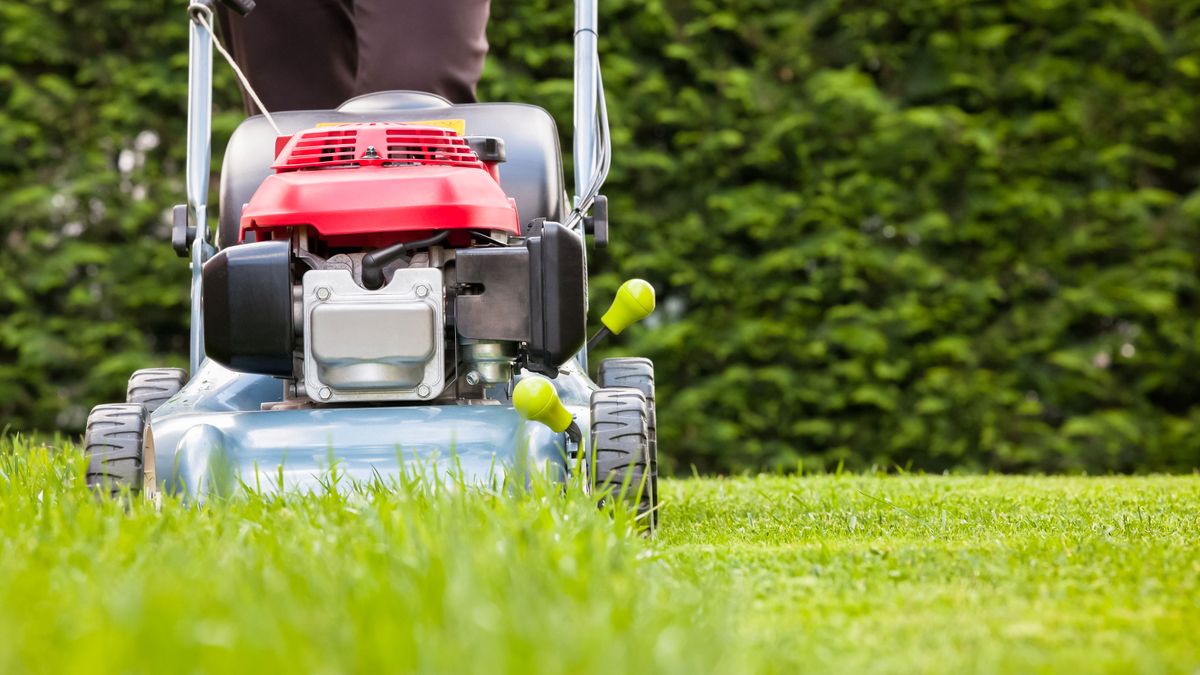
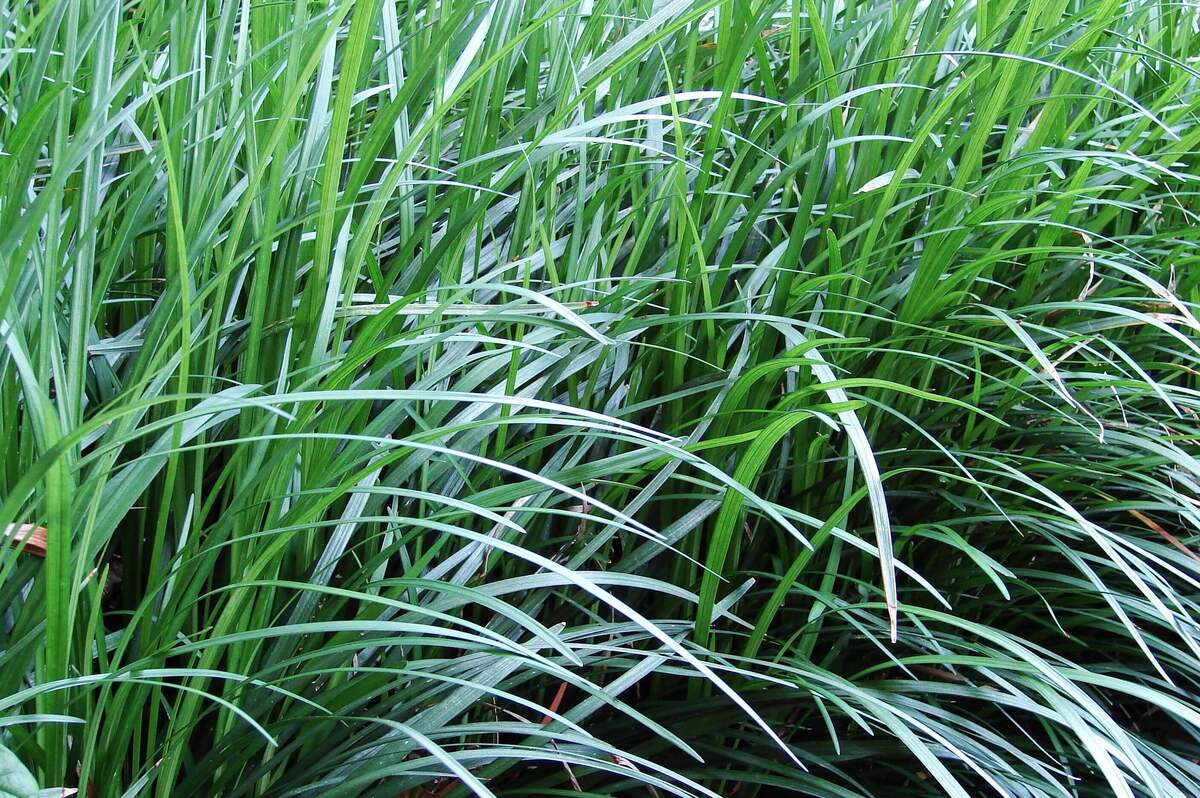

0 thoughts on “When To Cut Grass After Overseeding”